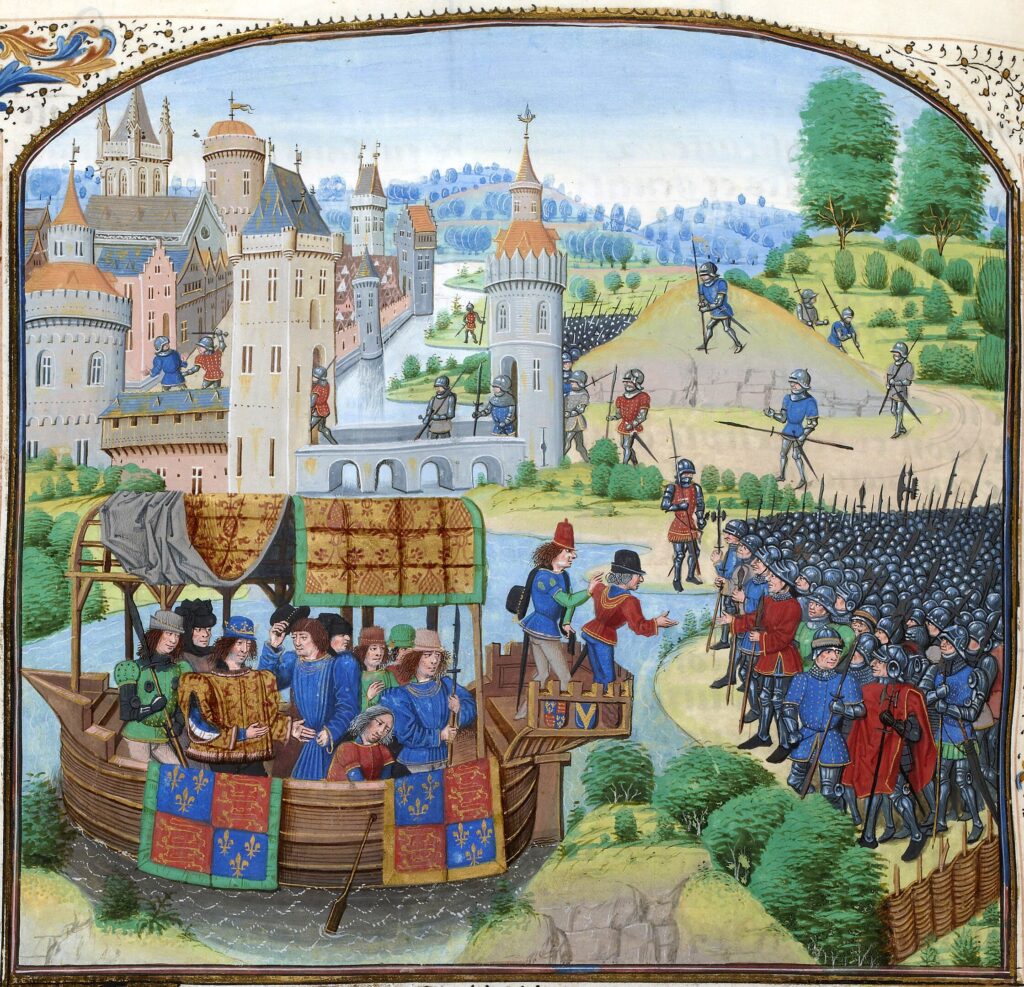 Origins and Significance
Origins and Significance
Medieval fairs played a crucial role in the economic life of Europe, serving as important centers for trade and commerce. These fairs, often held in conjunction with religious festivals or royal charters, brought together merchants, craftsmen, and traders from across regions. They provided a platform for the exchange of goods, including textiles, spices, livestock, and luxury items, contributing to the vibrancy of the medieval economy.
Economic Impact
Fairs facilitated the growth of long-distance trade, connecting local markets with international trade routes. The influx of goods and the presence of diverse merchants stimulated local economies, fostering the development of market towns and urban centers. Fairs also served as venues for financial transactions, including the use of letters of credit and bills of exchange, which enhanced the efficiency of medieval commerce.
Social and Cultural Exchange
Beyond their economic functions, medieval fairs were sites of social and cultural exchange. They provided opportunities for people from different regions to interact, share ideas, and experience new cultural practices. Entertainment, such as music, dance, and tournaments, often accompanied fairs, creating a festive atmosphere that attracted visitors and enhanced community life.
Conclusion
Medieval fairs were more than just economic events; they were dynamic hubs of trade, social interaction, and cultural exchange. Their role in fostering commerce and community connections made them integral to the economic and social fabric of medieval Europe.